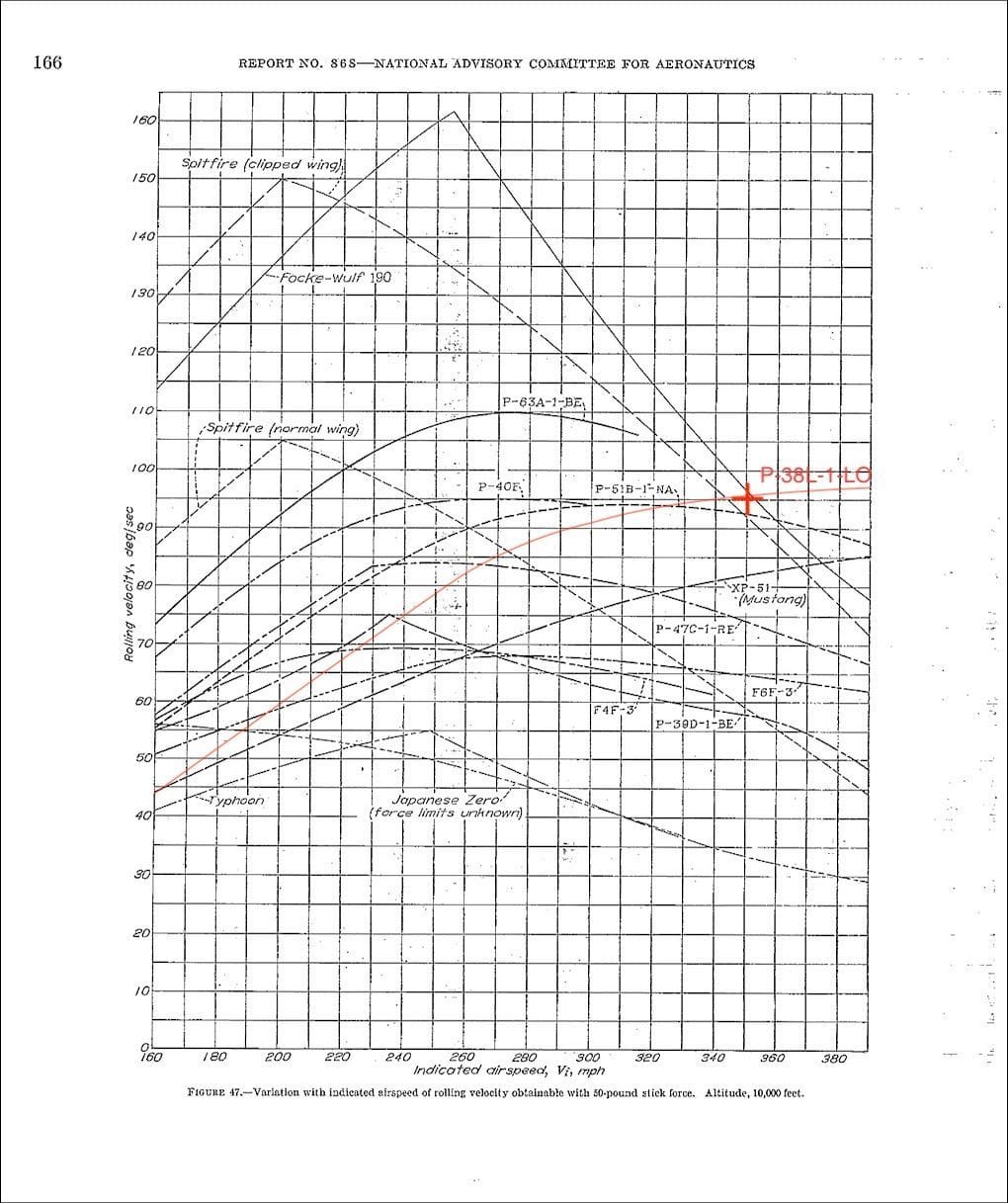Devotion
RN FAA Corsairs were in squadron service from mid/late 1943 and cleared for carrier use.
The USN did do some limited carrier ops prior to that for a short while but the Corsair did not go into full carrier use with the USN until Dec 1944 (for a variety of reasons).
The FAA experience on corsair carrier ops certainly speeded up the necessary improvements to the corsair design for carrier ops.
The USN did do some limited carrier ops prior to that for a short while but the Corsair did not go into full carrier use with the USN until Dec 1944 (for a variety of reasons).
The FAA experience on corsair carrier ops certainly speeded up the necessary improvements to the corsair design for carrier ops.
The first carrier based combat seen by the F4U was 3rd April 1944 when 1834 Squadron participated in the attack on the Tirpitz in Norway.
As near as I can find the first US carrier deployment was when VMF-124, and VMF-213 departed the United States on September 18, 1944 on board the USS Ticonderoga and USS Hancock for Hawaii. Following training there they both boarded the USS Essex December 9 1944 and flew their first combat on January 3 1945 against Formosa and the Ryukyu Islands.
As near as I can find the first US carrier deployment was when VMF-124, and VMF-213 departed the United States on September 18, 1944 on board the USS Ticonderoga and USS Hancock for Hawaii. Following training there they both boarded the USS Essex December 9 1944 and flew their first combat on January 3 1945 against Formosa and the Ryukyu Islands.
Just come across this:
https://www.smithsonianmag.com/air-s...t-1-180977803/
Looks like they got the crash on the approach to land spot on.
https://www.smithsonianmag.com/air-s...t-1-180977803/
But it was the British Royal Navy’s Fleet Air Arm who came up with the concept that brought Corsairs to sea duty for good. The pilots developed a long, curving landing approach to keep the carrier’s deck in sight until the last moments before touchdown.
Porter rightly feared that when a less experienced aviator was faced with the Corsair’s nasty behavior, he would instinctively jam the throttle forward in a desperate attempt to grab raw horsepower to claw his way out of trouble. The sudden torque unleashed from the fighter’s powerful R-2800 engine and its 13-foot, 4-inch propeller would exacerbate the bank to the left, promptly flipping the aircraft onto its back just feet above the waves.
Thread Starter
Just come across this:
https://www.smithsonianmag.com/air-s...t-1-180977803/
Looks like they got the crash on the approach to land spot on.
https://www.smithsonianmag.com/air-s...t-1-180977803/
Looks like they got the crash on the approach to land spot on.
Or was a small but sudden power change enough to kill you?
If you open the throttle rapidly on a tailwheel warbird,you will be facing 90 *left/right,even on the ground,so you open up slowly/smoothly,until the tail is`up`(another swing,due gyroscopics),and then add the rest..



Last edited by fdr; 16th Mar 2023 at 09:32.
If you open the throttle rapidly on a tailwheel warbird,you will be facing 90 *left/right,even on the ground,so you open up slowly/smoothly,until the tail is`up`(another swing,due gyroscopics),and then add the rest..




